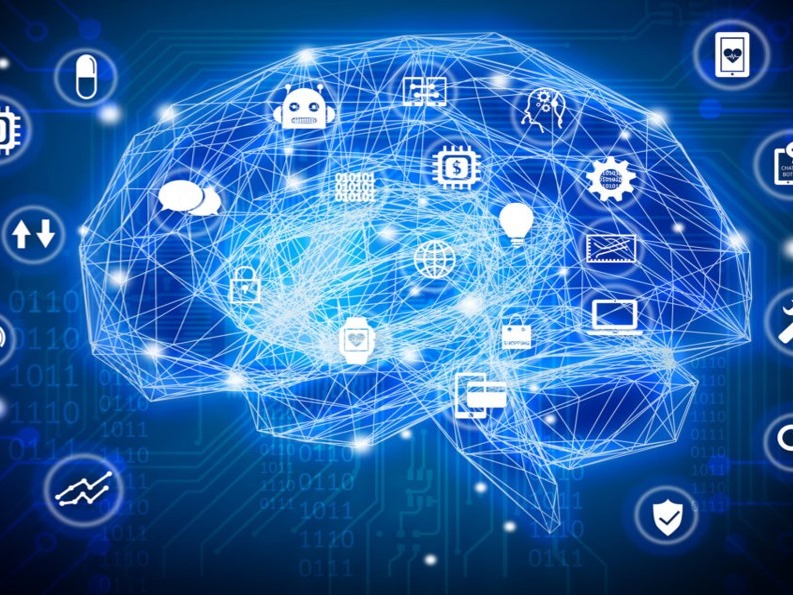
Matching and Product Finding

Matching is one of the most commonly used algorithms in image processing. Its basic idea is to teach the original image (usually a specific part of it) and search for this original part in other captured images. In industrial terminology, this is called comparing the produced parts with the witness sample. Matching is widely used in almost every area of artificial vision, such as measurement, error detection, completeness control, print monitoring, positioning, direction finding, 3D, robotics, and more.
Matching usually gives us a matching percentage, such as 95% matched, 76% matched, etc. Additionally, it specifies the coordinates and rotation angle of the matching part. Because it requires less coding, it is often preferred by developers interested in image processing.
Matching has its own sub-categories, including:
Transformation: The detection of angular and dimensional changes. The objects to be recognized may be closer or farther from the camera, or may come from very different positions compared to the center or the original image. In such cases, the original part needs to be transformed to fit the captured image. This process is called transformation.
Alignment: If there are reference areas taken as a reference in the taught example, these areas need to be placed in their places in the found image.
Rectification: The process of bringing the image found in different angles and positions to the same angle and position as the original image that was taught.
In the example image, only a specific section has been taught. While it is possible to teach the entire image, what we want to capture in other images is what is taught. In this example, if we want to capture only the ViviDent products among many different brands, then ViviDent is taught. If we want to search for NANE-flavored ViviDent among all ViviDent products, then the "NANE-flavored" text below is taught.
Using matching, it is possible to capture the center coordinates and rotation angles of all products, even if they are overlapped or viewed from different angles.
Matching is used for purposes such as capturing incorrect or different products in some applications. In some applications, it is only used as an intermediate step. After finding the product, measurements can be taken on the product, it can be picked up with a robot, counted, and so on.
3D Matching
It is possible to perform matching based on 3D (3-dimensional) images taken with 3D cameras or 3D CAD drawings. With the technique called surface inspection, 3D errors can be detected on the surface.
The solutions that Pi Robotics uses matching for include:
- Counting Applications: Counting products passing on a conveyor or on a surface using a camera
- Centering, Positioning: Determining the center and rotation amount of products coming from different angles and picking them up with a robot or automation system
- Defect Detection: Detecting missing parts, printing defects, and shape problems based on an exactly taught product
- Measurement: Measuring the desired dimensions of a product coming from different angles and positions
- Recognition: Recognizing and differentiating each type of product among different types of products
- Matching appears in many different application areas when used together with deep learning. For example, automatically pricing vegetables or fruits at a market by recognizing them and performing weight measurements, identifying books by looking at their cover images without scanning the barcode, and so on.

- Object Recognition
- Product Finding
- Matching
- Product Counting
